In the world of automotive engineering, various components work together to ensure the smooth operation of vehicles. One such crucial component in a manual transmission system is the clutch master cylinder. In this blog post, we will explore the working principle and classification of the clutch master cylinder, shedding light on its significance in the overall performance of a vehicle.
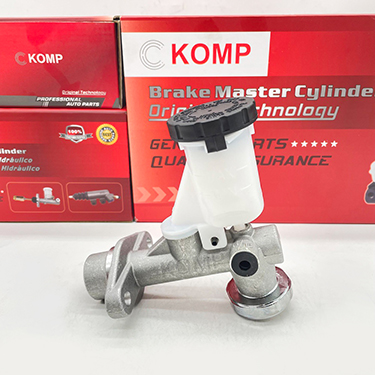
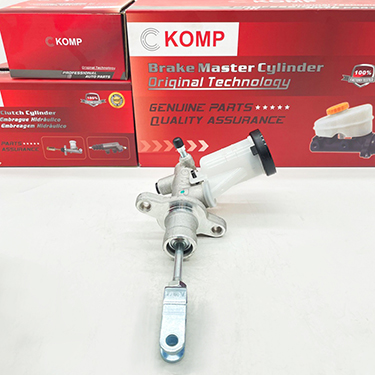
Working Principle of Clutch Master Cylinder:
The clutch master cylinder plays a vital role in transmitting the hydraulic force required to engage and disengage the clutch. Its working principle can be summarized in the following steps:
1.Activation: When the driver presses the clutch pedal, it applies mechanical force to a pushrod connected to the clutch master cylinder.
2.Hydraulic Compression: The mechanical force converts into hydraulic pressure as it pushes a piston inside the master cylinder, compressing the hydraulic fluid (usually brake fluid) enclosed within it.
3.Fluid Transfer: The increased pressure in the master cylinder forces the hydraulic fluid through a hydraulic line or hose to the clutch slave cylinder, which is located near the clutch assembly.
4.Clutch Engagement: The hydraulic pressure transmitted to the slave cylinder activates the clutch release mechanism, allowing the clutch to engage or disengage, depending on the driver's input.
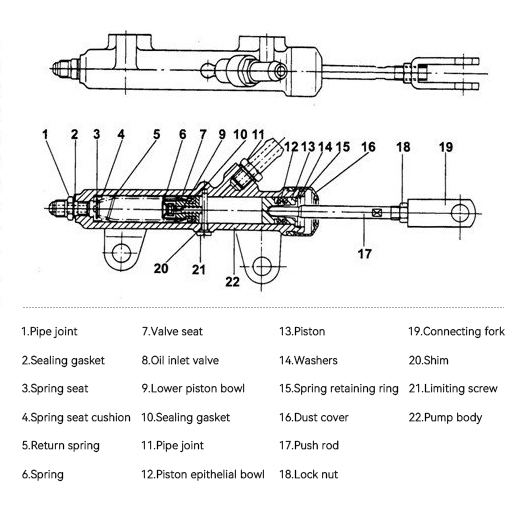
Classification of Clutch Master Cylinder:
Clutch master cylinders can be classified based on various factors, including design, size, and functionality. Here are two common classifications:
1.Single-Bore Clutch Master Cylinder:
This type of master cylinder consists of a single hydraulic bore that generates
pressure for a single clutch assembly. Single-bore master cylinders are
commonly used in vehicles with a single-disc clutch system. They are relatively
simpler in design and easier to manufacture.
2.Dual-Bore Clutch Master Cylinder:
Designed for vehicles equipped with dual-disc or dual-clutch systems, the
dual-bore clutch master cylinder provides independent hydraulic pressure to
each clutch assembly. It consists of two bores, each connected to a separate
hydraulic line. Dual-bore master cylinders offer enhanced control and allow for
smoother engagement and disengagement of the clutch.
It is worth noting that the classification of clutch master cylinders can vary based on specific vehicle models and manufacturers. The design and arrangement of the master cylinders might differ to accommodate particular clutch system requirements.
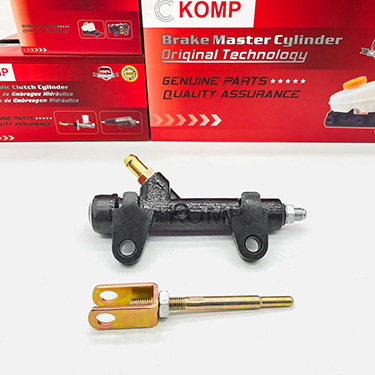
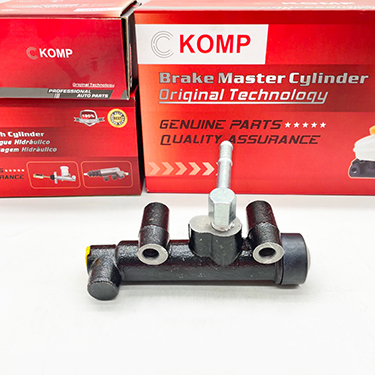
The clutch master cylinder is a critical component responsible for transmitting
hydraulic force and ensuring smooth clutch engagement in manual transmission
systems. Understanding its working principle and classification helps us
appreciate the complexity and importance of this component. Whether it's a
single-bore master cylinder or a dual-bore master cylinder, selecting the right
type based on the vehicle's clutch system is crucial for optimal performance
and driving experience.